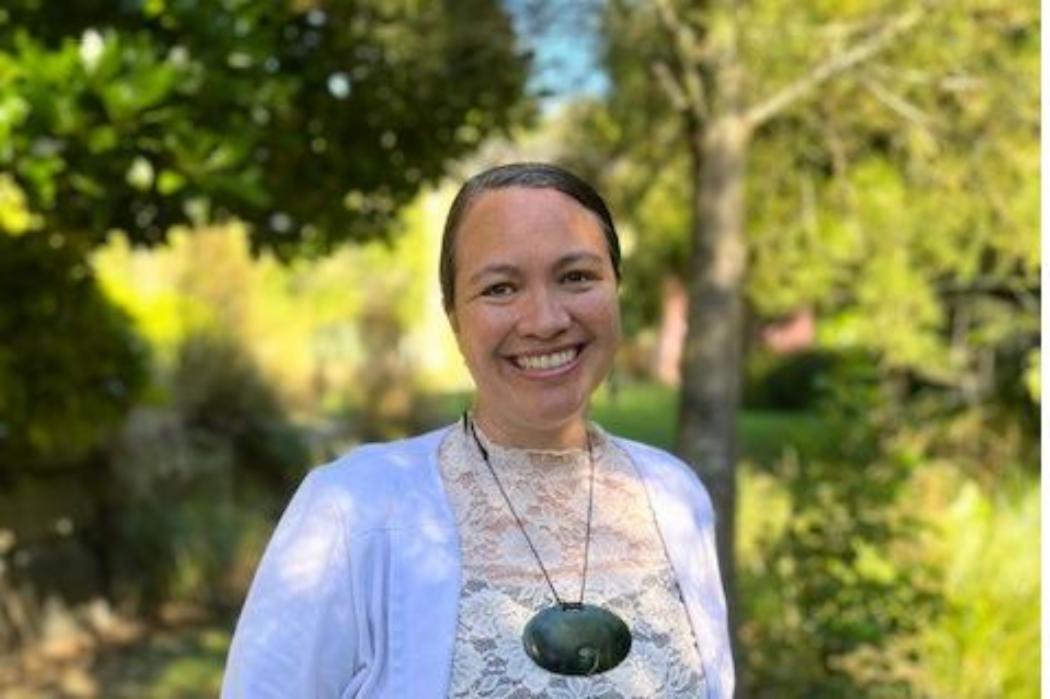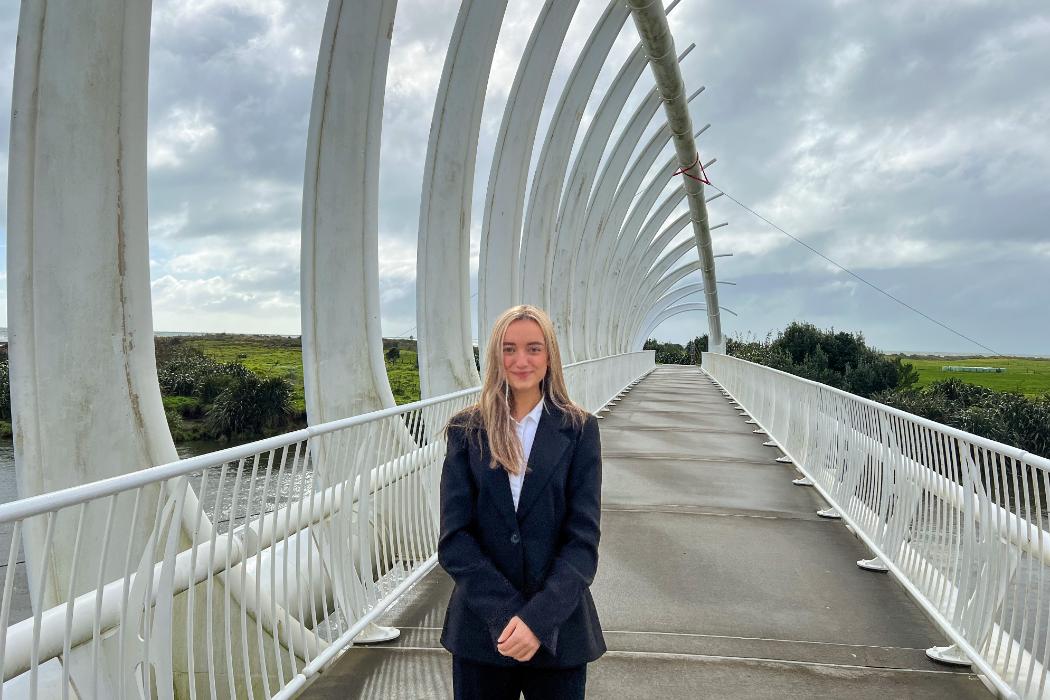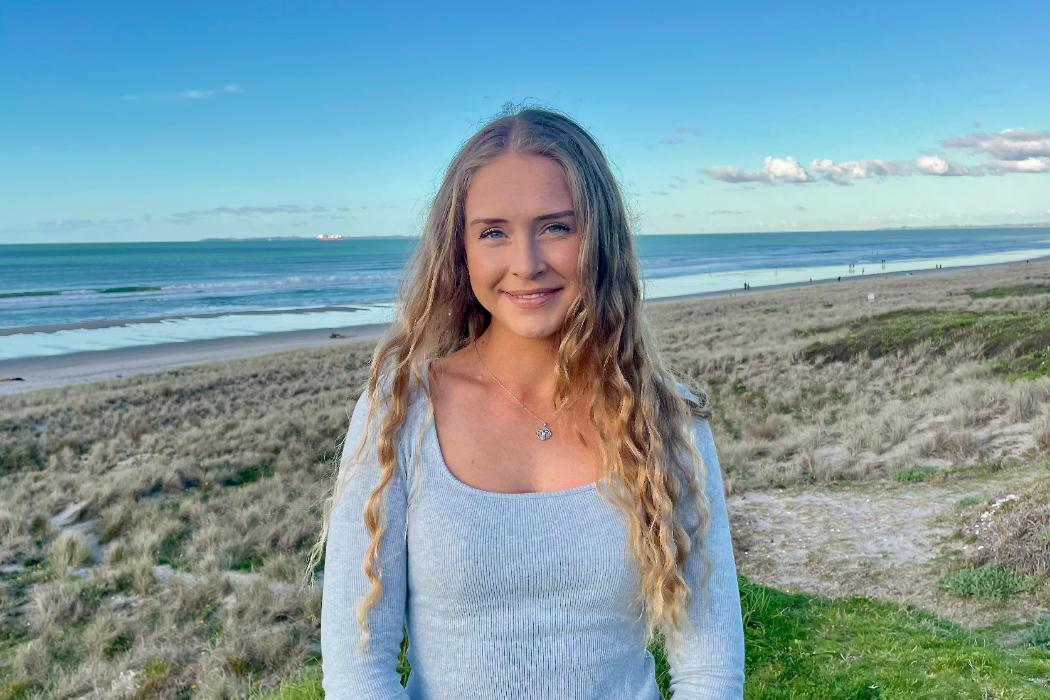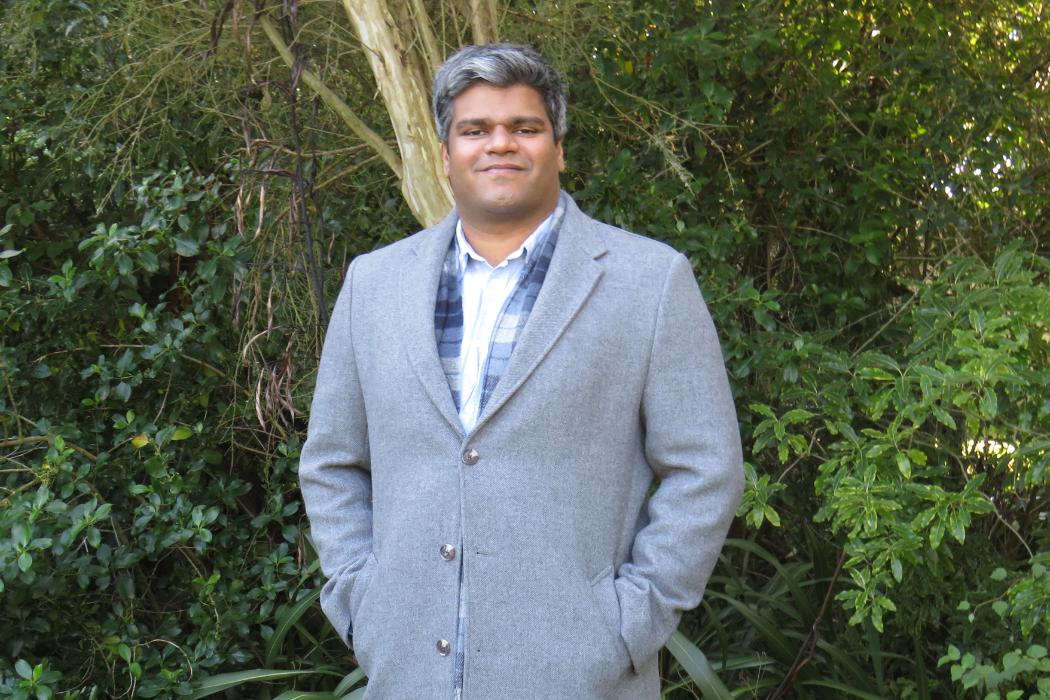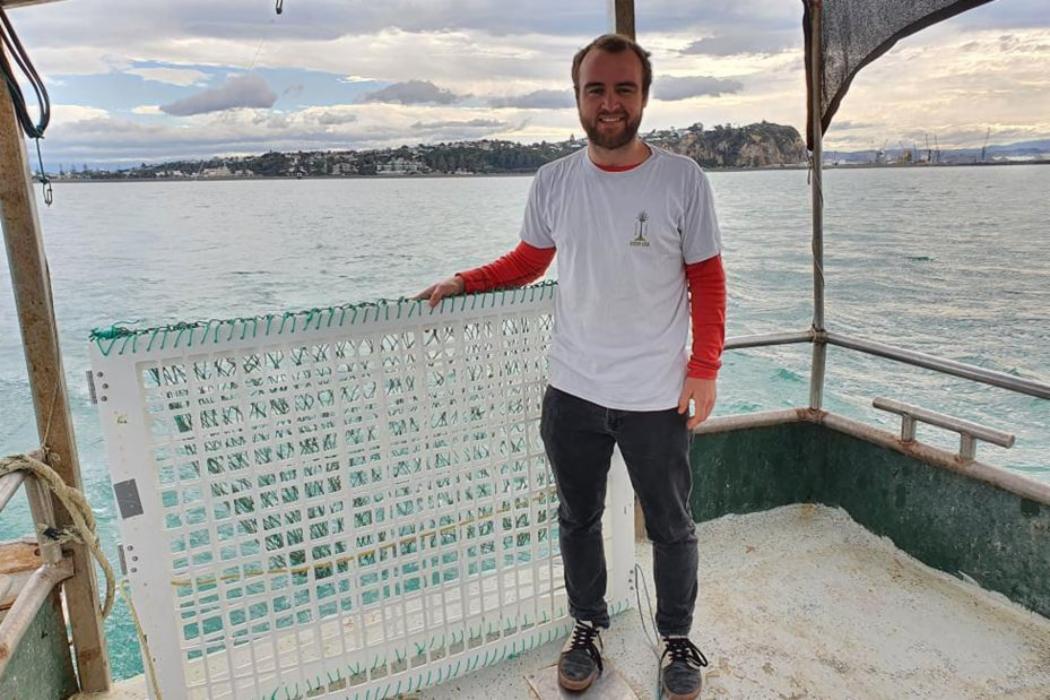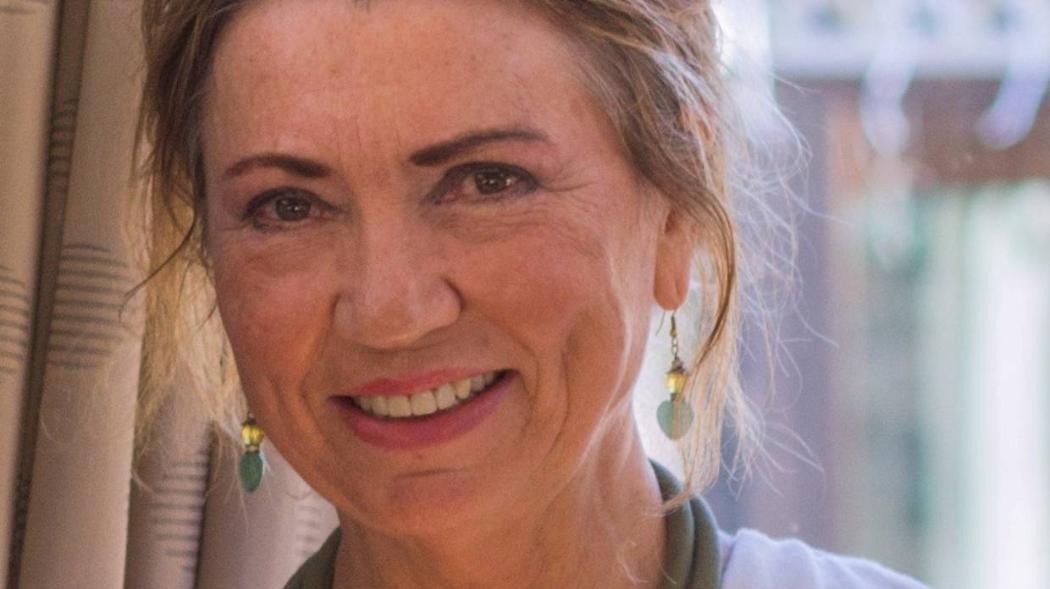Muhammad Rashid came to Christchurch specifically to complete his PhD.
The primary aim of Muhammad Rashid's research was to improve existing design procedures to ensure that non-structural or non-skeletal elements, remain undamaged and functional in an earthquake to avoid compromising the fire safety of buildings.
"Like a human body, a building is essentially made up of structural elements (say bones) and non-structural elements (like skin, veins, and arteries etc.). While the structural elements (e.g., beams, columns) provide the building with the required strength to stand on its feet, the non-structural elements (e.g., pipes, partitions) provide essential services that make a building liveable and functional. If not properly designed, non-structural elements could be damaged during an earthquake, and buildings could possibly lose their functionality for post-earthquake use"
I am continuing as a post-doc at UC in the Building Innovation Partnership program. My work as a post-doc focuses on the development of simplified techniques for designing non-structural elements so that they perform in earthquakes as we require them to: that is to reduce damage, ensure occupancy and functionality after an earthquake and prevent injuries. This work will eventually contribute to the bigger goal of designing our buildings in line with societal expectations.
Link to the published paper: https://bulletin.nzsee.org.nz/index.php/bnzsee/article/view/1496
Primary supervisor: Prof. Rajesh Dhakal
Co-supervisor: Prof. Timothy Sullivan
Associate supervisor: Dr. Trevor Yeow
https://www.linkedin.com/in/muhammad-rashid-339396217
muhammad.rashid@canterbury.ac.nz



